A Breathtaking Mass
When Carus-Verlag asked Daniel Ivo de Oliveira to realize the basso continuo part of Mozart’s Mass in c minor K. 427, as completed and edited by Frieder Bernius and Uwe Wolf, he was brought into contact with a style of music that was new to him. After listening to the piece several times he was fascinated once again by Mozart’s exquisite music…
As a harpsichord player, there are several pieces which I’m never tired of playing or listening to. Therefore if someone asks me about my preferred piece, he probably gets more than one answer.
When Carus-Verlag asked me to realize the basso continuo part of Mozart’s Missa in c (K. 427), as completed and edited by Frieder Bernius and Uwe Wolf, I was brought into contact with a style of music that was new to me. Harpsichord players have rarely direct contact with music from the Classical period. At the time I knew the Missa in c only by name and therefore I thought it would be interesting to listen to some recordings and get an overview of the entire piece before starting the project. After listening to the piece several times I was fascinated once again by Mozart’s exquisite music and I was happy to have gotten such an interesting project to work on.
It is almost impossible to talk about the Missa in c without mentioning some of its movements. Among the entire Missa there are three movements which took my breath away: The Kyrie for its theme and intricate harmony, the opening choir and the instrumentation employed in the movement. It is also remarkable how the color and atmosphere of the piece change in the middle part with the soprano solo, before Mozart comes back to the main theme. Qui tollis for its strong affect connecting the text with the music, for the continuous dotted rhythm played by the orchestra followed by the amazing modulations and complex chromatic harmony. Et incarnatus est is probably the most exquisite aria of the entire Missa. What impresses me is the wide range of the melody in the soprano solo (something which is also noticeable in the other soprano solos in this work), the delicate instrumentation and one of the most beautiful and expressive written-out cadences I have ever heard.
If you do not know this masterpiece yet, you should listen to the recording with Frieder Bernius and the Kammerchor Stuttgart. I hope you will also have a stunning experience with Mozart’s Missa in c!
Daniel Ivo de Oliveira has a bachelor degree on harpsichord from the Koninklijk Conservatorium Den Haag (The Netherlands) and two master degrees on harpsichord and basso continuo from the Folkwang Universität (Essen). Since 2016 he works for Carus-Verlag as a freelancer making continuo realizations and piano reductions for different styles of music.


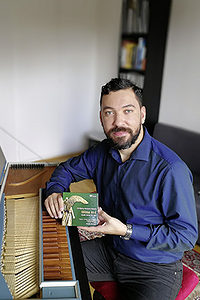
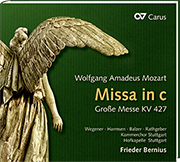
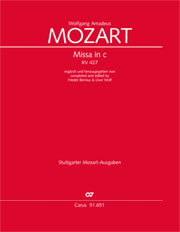
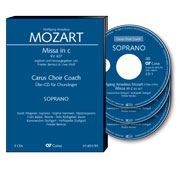
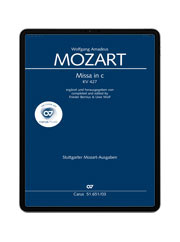

Leave a Reply
Want to join the discussion?Feel free to contribute!